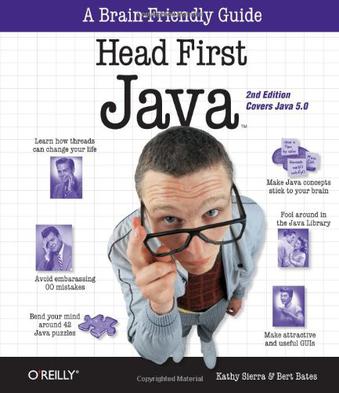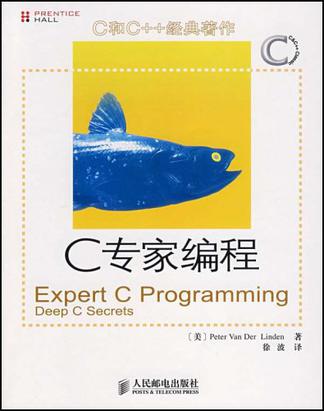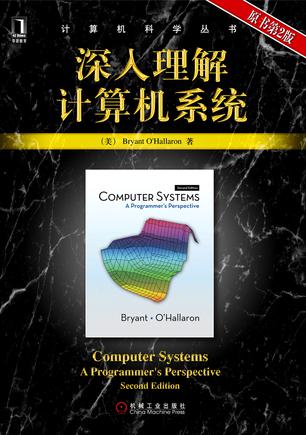Head First Java, 2nd Edition
内容简介
Learning a complex new language is no easy task especially when it s an object-oriented computer programming language like Java. You might think the problem is your brain. It seems to have a mind of its own, a mind that doesn't always want to take in the dry, technical stuff you're forced to study.
The fact is your brain craves novelty. It's constantly searching, scanning, waiting for something unusual to happen. After all, that's the way it was built to help you stay alive. It takes all the routine, ordinary, dull stuff and filters it to the background so it won't interfere with your brain's real work--recording things that matter. How does your brain know what matters? It's like the creators of the Head First approach say, suppose you're out for a hike and a tiger jumps in front of you, what happens in your brain? Neurons fire. Emotions crank up. Chemicals surge.
That's how your brain knows.
And that's how your brain will learn Java. Head First Java combines puzzles, strong visuals, mysteries, and soul-searching interviews with famous Java objects to engage you in many different ways. It's fast, it's fun, and its effective. And, despite its playful appearance, Head First Java is serious stuff: a complete introduction to object-oriented programming and Java. You'll learn everything from the fundamentals to advanced topics, including threads, network sockets, and distributed programming with RMI. And the new. second edition focuses on Java 5.0, the latest version of the Java language and development platform. Because Java 5.0 is a major update to the platform, with deep, code-level changes, even more careful study and implementation is required. So learning the Head First way is more important than ever.
If you've read a Head First book, you know what to expect--a visually rich format designed for the way your brain works. If you haven't, you're in for a treat. You'll see why people say it's unlike any other Java book you've ever read.
By exploiting how your brain works, Head First Java compresses the time it takes to learn and retain--complex information. Its unique approach not only shows you what you need to know about Java syntax, it teaches you to think like a Java programmer. If you want to be bored, buy some other book. But if you want to understand Java, this book's for you.
......(更多)
作者简介
Kathy Sierra has been interested in learning theory since her days as a game developer (Virgin, MGM, Amblin'). More recently, she's been a master trainer for Sun Microsystems, teaching Sun's Java instructors how to teach the latest technologies to customers, and a lead developer of several Sun certification exams. Along with her partner Bert Bates, Kathy created the Head First series. She's also the original founder of the Software Development/Jolt Productivity Award-winning javaranch.com, the largest (and friendliest) all-volunteer Java community.
Bert Bates is a 20-year software developer, a Java instructor, and a co-developer of Sun's upcoming EJB exam (Sun Certified Business Component Developer). His background features a long stint in artificial intelligence, with clients like the Weather Channel, A&E Network, Rockwell, and Timken.
......(更多)
目录
......(更多)
读书文摘
1).找出具有共同属性和行为的对象 2).设计代表共同状态与行为的类 3).决定子类是否需要让某项行为(也就是方法的实现)有特定不同的运作方式 4).通过寻找使用共同行为的子类来找出更多抽象化的机会 5).完成类的继承层次
每次使用单边大脑的时间不要太久。连续使用左边大脑30分钟就如同连续使用左臂30分钟一样。周期性地交换以让大脑两侧能够轮流休息。 左脑活动包括了循序渐进的工作、解决逻辑问题与分析。 而右脑的活动包括了隐喻、创造性思考、模式匹配与可视化。
......(更多)






